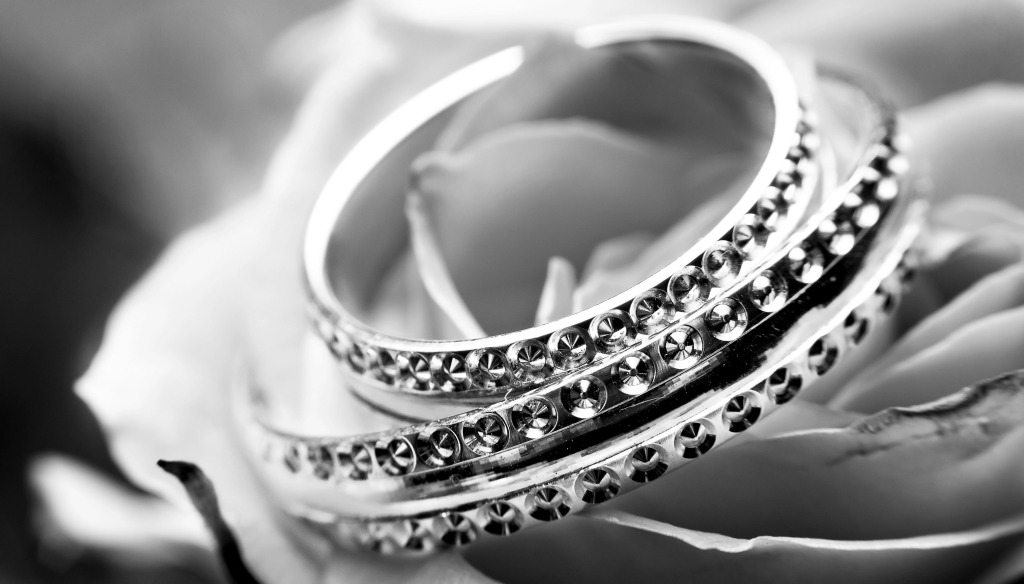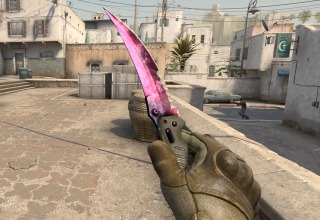
Diamonds, with their unmatchable brilliance and unbeatable hardness, have captivated humanity for centuries. From ancient treasures symbolizing power and wealth to modern representations of love and luxury, diamond jewelry has undergone a significant evolution throughout history. This sparkling sojourn is not just about a stone but reflects cultural shifts, technological advancements, and the timeless human affection for absolute beauty.
Let’s embark on a glittering journey from the past’s dusty trails to today’s high-end boutiques to understand how diamond jewelry has become the pinnacle of luxurious adornment.
The Early Adornments: Diamonds’ Ancient Appeal
The initial discovery of diamonds dates back to ancient India in the 4th century BC. These alluring stones were valued for their ability to refract light and were used in religious icons. Their rarity, combined with their durability, made them synonymous with eternal power and strength, often reserved for royalty and deities.
This period marked the beginning of diamonds as a symbol of wealth and status, a concept that businesses embrace today.
In fact, according to https://www.vervemagazine.co.nz/diamonds-on-richmond, that’s exactly why Diamonds On Richmond started selling diamonds – to continue this tradition of celebrating the unique and eternal beauty that these precious stones represent, capturing the essence of luxury and significance that has been appreciated since ancient times.
The Middle Ages: Diamonds And The Divine
Fast forward to the Middle Ages, diamonds began to have a more spiritual significance. They were believed to have healing properties, provide protection in battle, and ward off evil spirits. Religious figures would also wear these stones to symbolize their fearlessness in the face of mortality and earthly temptations.
However, it wasn’t until the advent of the Renaissance that people started understanding diamonds’ true value, leading to a more widespread use in jewelry for aesthetic purposes.
The 18th Century: Birth Of A Sparkling Industry
The 1700s saw the discovery of diamond deposits in Brazil (see here), ending India’s monopoly and bringing a significant shift in the diamond industry. With the increased availability, diamonds became slightly more accessible, though still a luxury.
This era marked the beginning of serious scientific study of the gem, leading to early experiments with cutting and shaping to enhance its natural sparkle. These advancements transformed diamond jewelry designs, focusing on the brilliance and fire of the stones, and ultimately shaping the future of luxury jewelry crafting.
The 19th Century: African Mines And European Glamour
The late 1800s were transformative years for the diamond industry. The discovery of massive diamond mines in South Africa flooded the market with diamonds, dramatically changing their rarity. Consequently, major miners formed De Beers in 1888 to control diamond supply, maintain high prices, and bolster the gem’s luxury status.
During this period, Europe’s aristocracy and burgeoning industrialist class flaunted diamond jewelry as never before. The stones embellished everything from crowns and capes to necklaces and rings, symbolizing wealth and influence.
The 20th Century: Diamonds Are Forever
The 20th century introduced new cutting techniques, such as the modern round brilliant cut, enhancing the diamond’s natural properties. However, the most significant shift in the diamond jewelry landscape was arguably its branding as the ultimate symbol of love. The slogan “A Diamond is Forever,” introduced by De Beers in the late 1940s (read more), forever linked diamonds with romance and commitment.
The diamond engagement ring became an integral part of Western wedding traditions, a trend that celebrities and everyday people alike embraced. Additionally, the rise of Hollywood and the use of diamond jewelry on the silver screen cemented its status as a true icon of luxury.
The 21st Century: Ethical Luxury And Beyond
Today, the conversation around diamond jewelry is evolving once again. The modern consumer’s interest in sustainability and ethical sourcing is shaping the industry. Diamond jewelry brands are increasingly prioritizing responsible mining practices, transparent supply chains, and even offering lab-grown alternatives.
This shift is not just a passing trend but an evolution reflecting our global consciousness and the continuous journey of diamonds in human history.
Conclusion
From the ancient riverbeds of India to the glamorous red carpets of Hollywood, diamond jewelry has journeyed through centuries, cultures, and continents. Its history reflects more than just the evolution of a precious stone; it mirrors human civilization’s own growth, values, and aspirations. Today, as we stand at the cusp of ethical shifts in luxury consumption, diamonds—be they natural or lab-grown—continue to epitomize a unique blend of timeless charm and modern sensibility.
In every cut, color, and setting, diamond jewelry carries with it the weight of human history, a consistent symbol of our eternal desire for beauty, durability, and an unbreakable bond with the luxurious and divine.
Last Updated: October 26, 2023






















